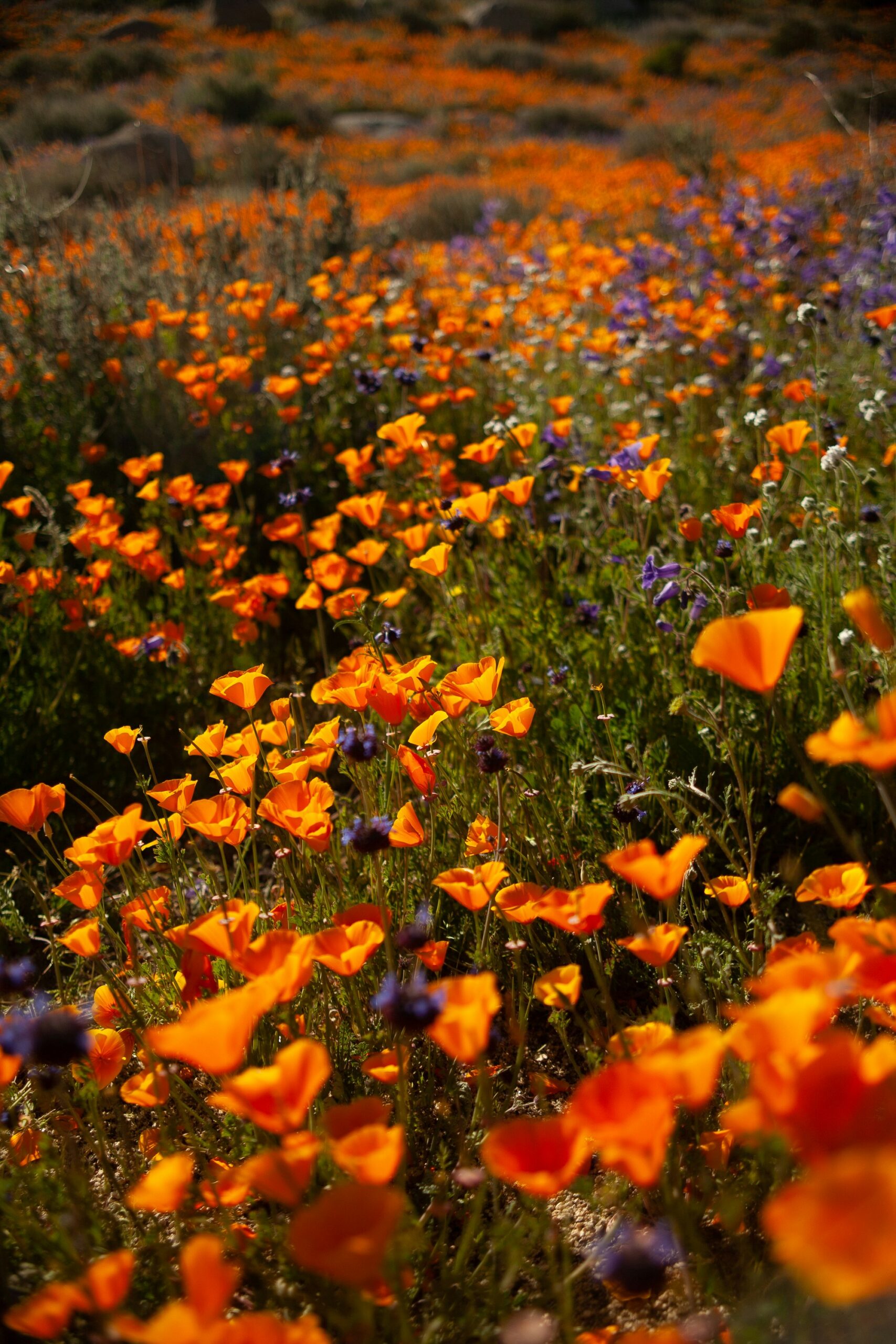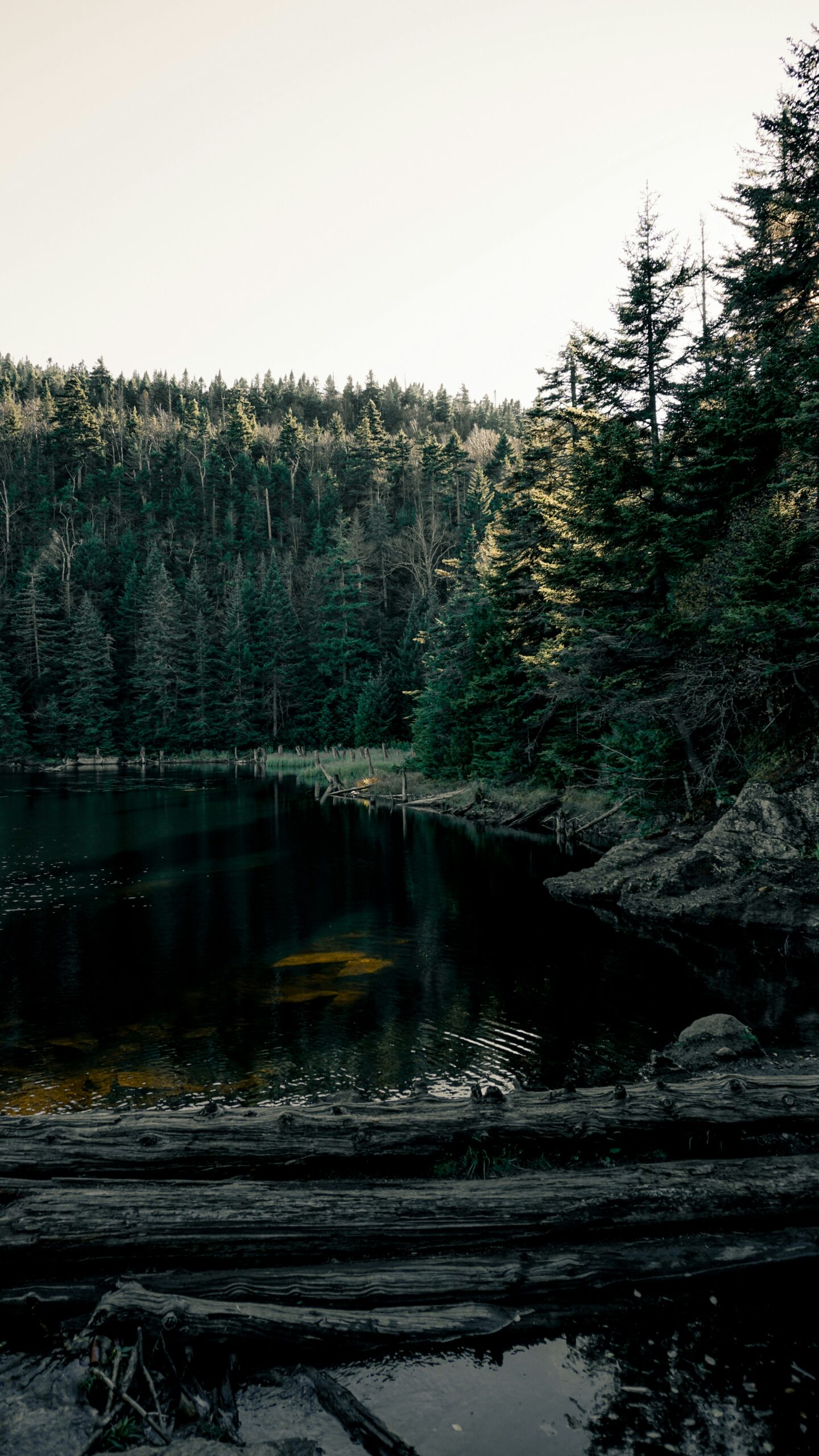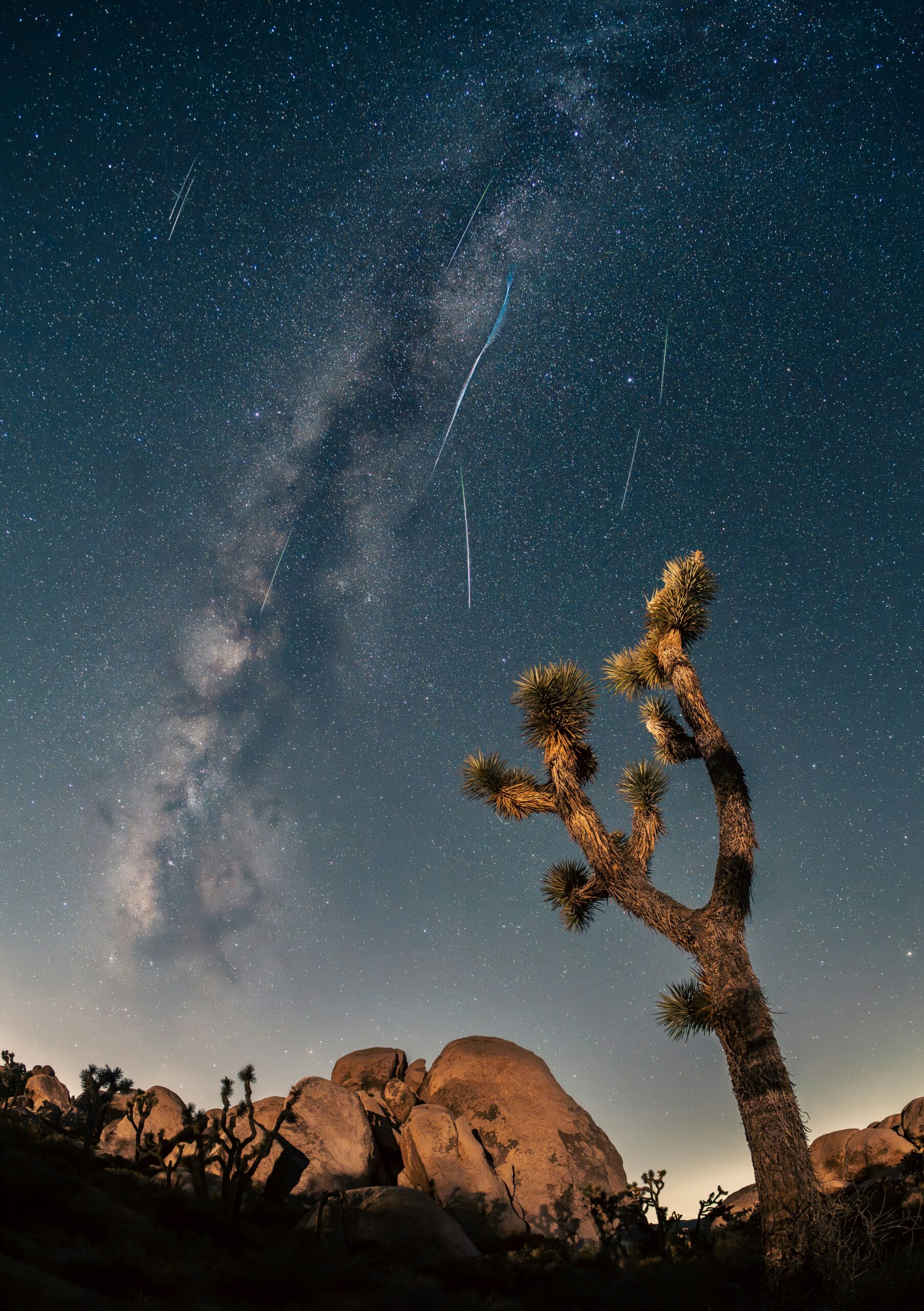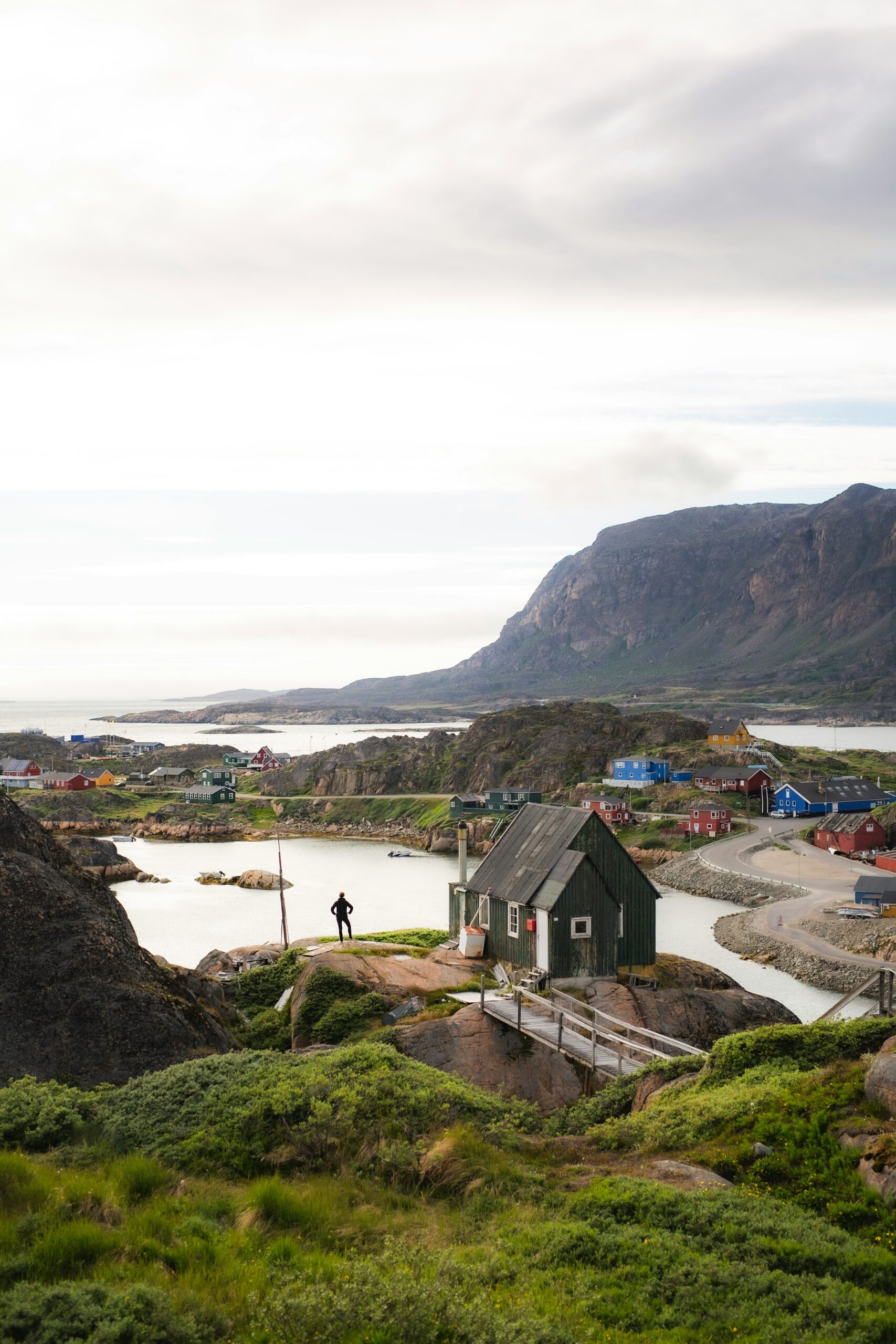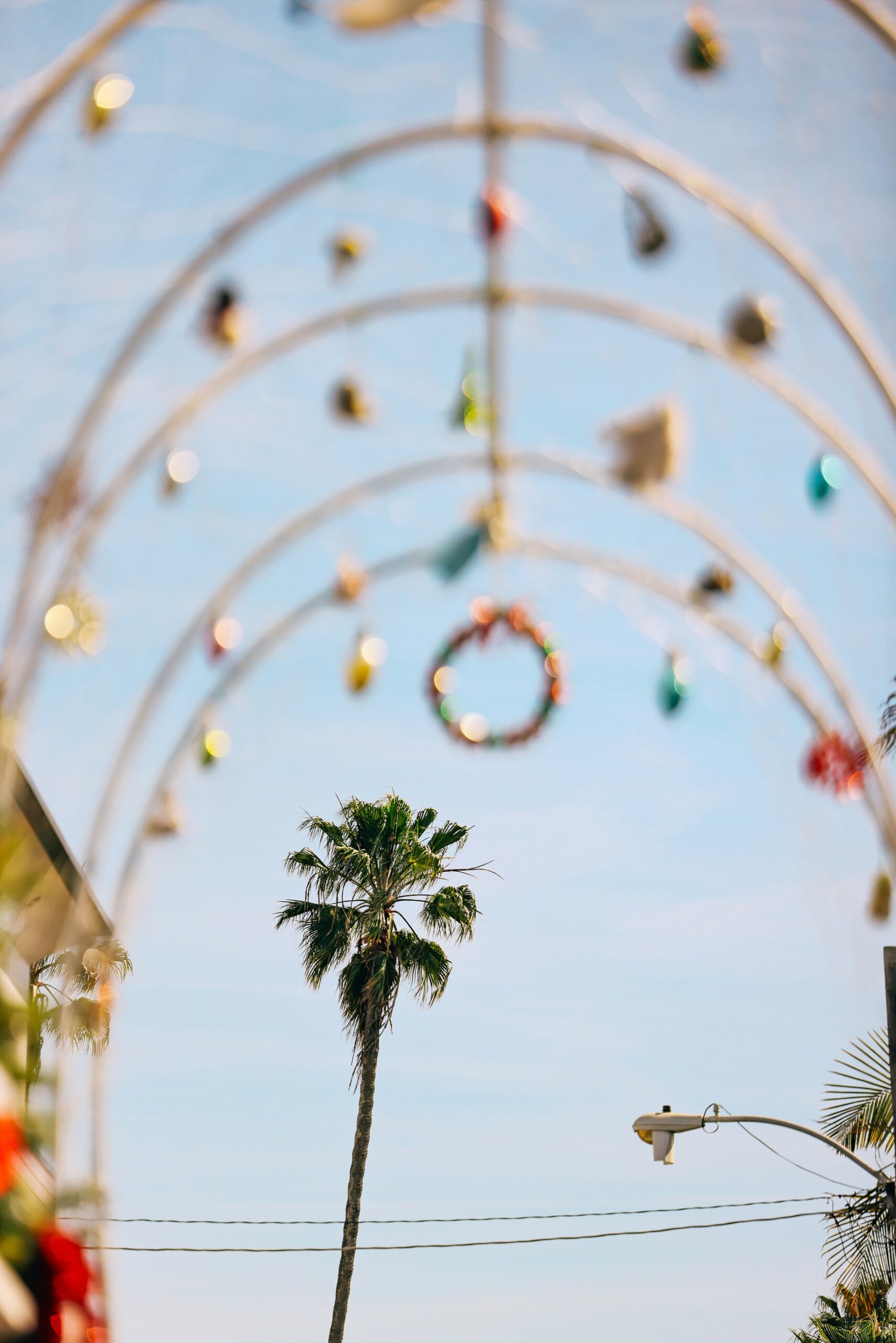Beat the Heat: Top Southern California Destinations for Cool Relief During A Heat Advisory
As temperatures climb and heat advisories become more frequent across Southern California, finding local destinations to cool down is a priority for many families and individuals. There are a variety of nearby escapes, from shaded public parks and indoor cooling centers to scenic coastal areas and mountain retreats, where visitors can beat the heat safely and comfortably. These options offer relief not only from the temperature but also from the intensity of crowded city streets.
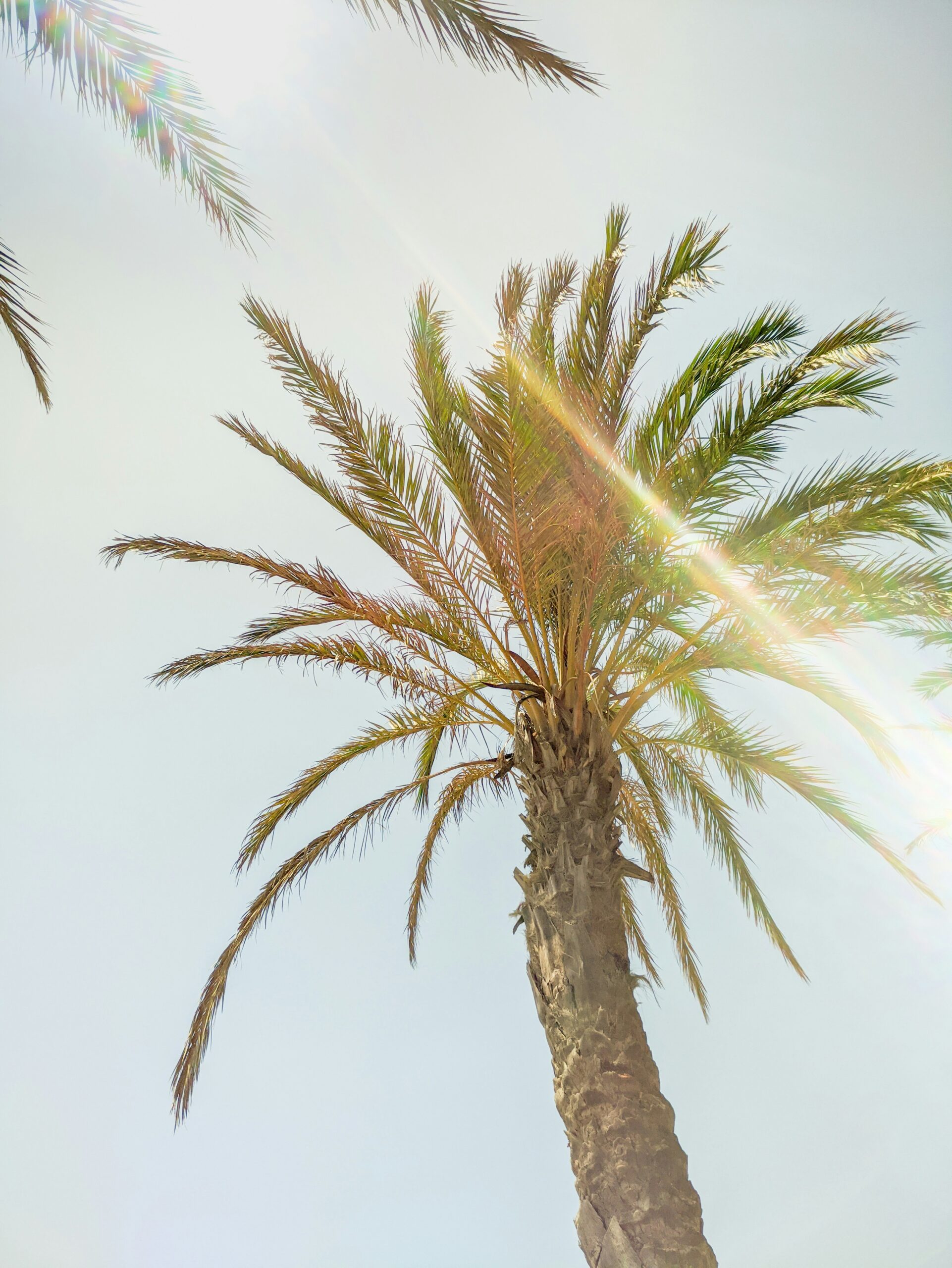
Travelers and locals alike have a wealth of choices for keeping cool without straying far from home. Whether someone is looking to relax in a shaded park, visit a dedicated cooling center in Los Angeles County, or head outdoors to higher elevations or breezy beaches, there are reliable options for every preference and schedule.
Beat the Heat: Top Southern California Destinations for Cool Relief During a Heat Advisory
Understanding Southern California Heat Advisories
Southern California often experiences prolonged periods of extreme heat, especially during spring and summer. Advisories are issued based on specific temperature thresholds and atmospheric conditions that can pose health risks.
Typical Temperatures and High Pressure Systems
Daytime temperatures in Southern California frequently climb above 90°F in late spring and summer, with some areas exceeding 100°F during heat events. Inland valleys and deserts, like the San Fernando Valley or Palm Springs, tend to experience the highest temperatures.
High pressure systems are a major driver of these temperature spikes. When a large high pressure zone settles over the region, it suppresses cloud formation, leading to more direct sunlight and less overnight cooling. This pattern creates the dry, hot, and stagnant air masses commonly seen during heat advisories.
Below is a summary of typical summer highs:
| Location | Average Summer High (°F) |
|---|---|
| Downtown Los Angeles | 84–90 |
| San Fernando Valley | 90–100+ |
| Palm Springs | 105–110+ |
These conditions can last for several days, increasing the risk of heat-related illness, particularly for vulnerable populations.
Recognizing Heat Waves and Excessive Heat Warnings
A heat wave is defined by a prolonged period of unusually high temperatures, often with warm nights that offer little relief. The National Weather Service issues heat advisories when daytime temperatures reach a certain threshold, typically in the mid-90s for urban areas, and excessive heat warnings when highs are expected to reach 105°F or more, especially in inland regions.
During a major heatwave, residents are urged to take precautions. Officials recommend staying indoors during peak sunlight, staying hydrated, and seeking out air-conditioned environments. The establishment of cooling centers and changes in threshold levels for advisories in recent years help address the increasing impact of extreme heat.
Excessive heat warnings are communicated in advance to allow individuals to plan and take safeguarding actions. These alerts are crucial for reducing the risk of heat exhaustion and heatstroke.
Cool Coastal Escapes
Coastal Northern California is known for its cool summer temperatures, scenic beauty, and laid-back small-town atmosphere. Visitors find milder weather in these areas even during a Southern California heat advisory, with ample opportunities for outdoor recreation and relaxation.
Santa Cruz: Beach Town Charm
Santa Cruz offers a classic beach town experience with cooler coastal air. In the summer, daytime temperatures rarely exceed the mid-70s Fahrenheit, making it much more comfortable than many inland destinations.
Visitors can stroll along the Santa Cruz Beach Boardwalk, relax on Main Beach, or try surfing the Pacific swells. The city features vibrant local shops, organic markets, and popular cafés.
Nearby redwood forests provide shady trails for hiking and mountain biking. Families enjoy the mix of amusement park rides and open sand. Whale watching tours are available in season, giving tourists a chance to see marine life up close.
Sandy Beaches of Monterey Bay
Monterey Bay is lined with broad sandy beaches and cool ocean breezes, with an average summer high in the upper 60s to low 70s. This makes the area a refreshing getaway for those trying to avoid intense heat.
Top beaches in the area include Del Monte Beach and Seaside Beach, with gentle waves and expansive views. The Monterey Bay Aquarium is a world-class destination highlighting marine ecosystems found just offshore.
The Coastal Recreation Trail runs parallel to the shoreline, providing an ideal route for walking, running, or renting bikes. Wildlife viewing is common, especially sea otters and harbor seals. Dining in Monterey often features fresh seafood and oceanfront patios.
Exploring the Golden Gate Bridge Area
The region around the Golden Gate Bridge and San Francisco is famous for its persistent cool and foggy marine climate. Daytime summer temperatures often remain in the 60s, providing relief from hotter inland cities.
Visitors can walk or bike the pedestrian paths of the Golden Gate Bridge for panoramic bay and city views. Crissy Field and Baker Beach offer sandy stretches for picnicking and kitesurfing, with the iconic bridge in the backdrop.
Historic sites like Fort Point and the Presidio add cultural interest, with hiking trails and museums. San Francisco’s neighborhoods feature local coffee shops, bakeries, and a range of global cuisine. For more ideas, check out these cooler places to visit near L.A. during hot spells.
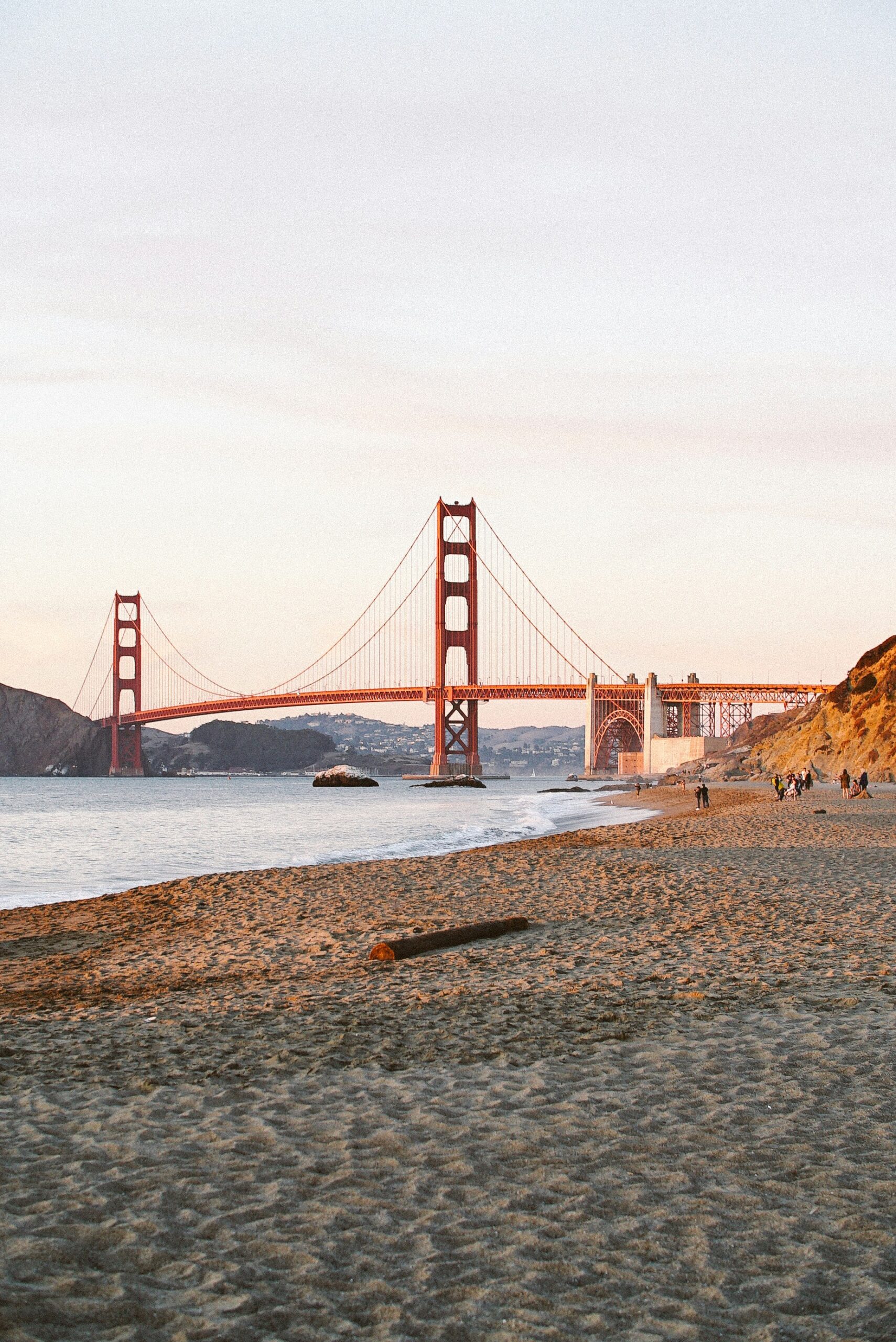
Northern Getaways: Beat the Central Valley Heat
Sacramento, Sonoma County, and the area around Modesto provide excellent opportunities for escaping the harsh temperatures common in the Central Valley. Each destination offers cool indoor activities, scenic outdoor attractions, and cultural experiences unique to Northern California.
Exploring Sacramento’s Cool Attractions
Sacramento, situated where the American and Sacramento Rivers meet, features a diverse mix of air-conditioned museums and riverfront parks. The California State Railroad Museum is a popular stop, with vast indoor exhibits and historical trains. Old Sacramento Waterfront offers shaded walks, charming shops, and river cruises, keeping visitors comfortable even on warm days.
Many families head to the Crocker Art Museum, which provides modern and classical art collections in a temperature-controlled setting. The shaded Capitol Park is lined with walking paths and rare trees, giving locals and tourists a chance to relax outdoors.
For those who want to escape further, nearby Folsom Lake offers cool water and picnic areas. In summer, visitors can enjoy food markets and music festivals indoors to avoid midday heat.
Wineries and Nature in Sonoma County
Sonoma County is known for its world-class wineries that often have shaded tasting patios or cool barrel rooms. Notable vineyards in Healdsburg and Glen Ellen feature wine caves and garden areas, offering both respite from the sun and scenic views. Guided wine tours often start early to take advantage of the morning chill.
For outdoor lovers, Armstrong Redwoods State Natural Reserve offers hiking under towering redwoods in cooler, misty forest air. Local farm stands, like those in Sebastopol, let visitors sample fresh produce with umbrella-shaded seating. Coastal towns such as Bodega Bay stay several degrees cooler and provide access to breezy beaches.
Popular weekend events often move indoors or are held in open-air barns to keep guests comfortable. For more on escaping the heat in wine country, see these popular ways to beat the heat in California.
Historic Sites Around Modesto
Modesto sits at the northern edge of the Central Valley and boasts a variety of historic attractions fit for hot weather escapes. The McHenry Mansion, a restored Victorian home, offers guided tours through its air-conditioned rooms. Families visit the nearby Great Valley Museum, which has interactive science displays and a planetarium.
Several longtime theaters, such as the State Theatre, feature classic films and live performances in cool auditoriums. The Tuolumne River Regional Park has shaded picnic tables and trails, making it a safe outdoor retreat when temperatures spike.
Downtown Modesto’s cafes and shops adapt to the summer heat with extended evening hours and ceiling fans, creating a comfortable environment for visitors. Local historical walking tours often start at dawn or dusk, maximizing comfort during peak heat.
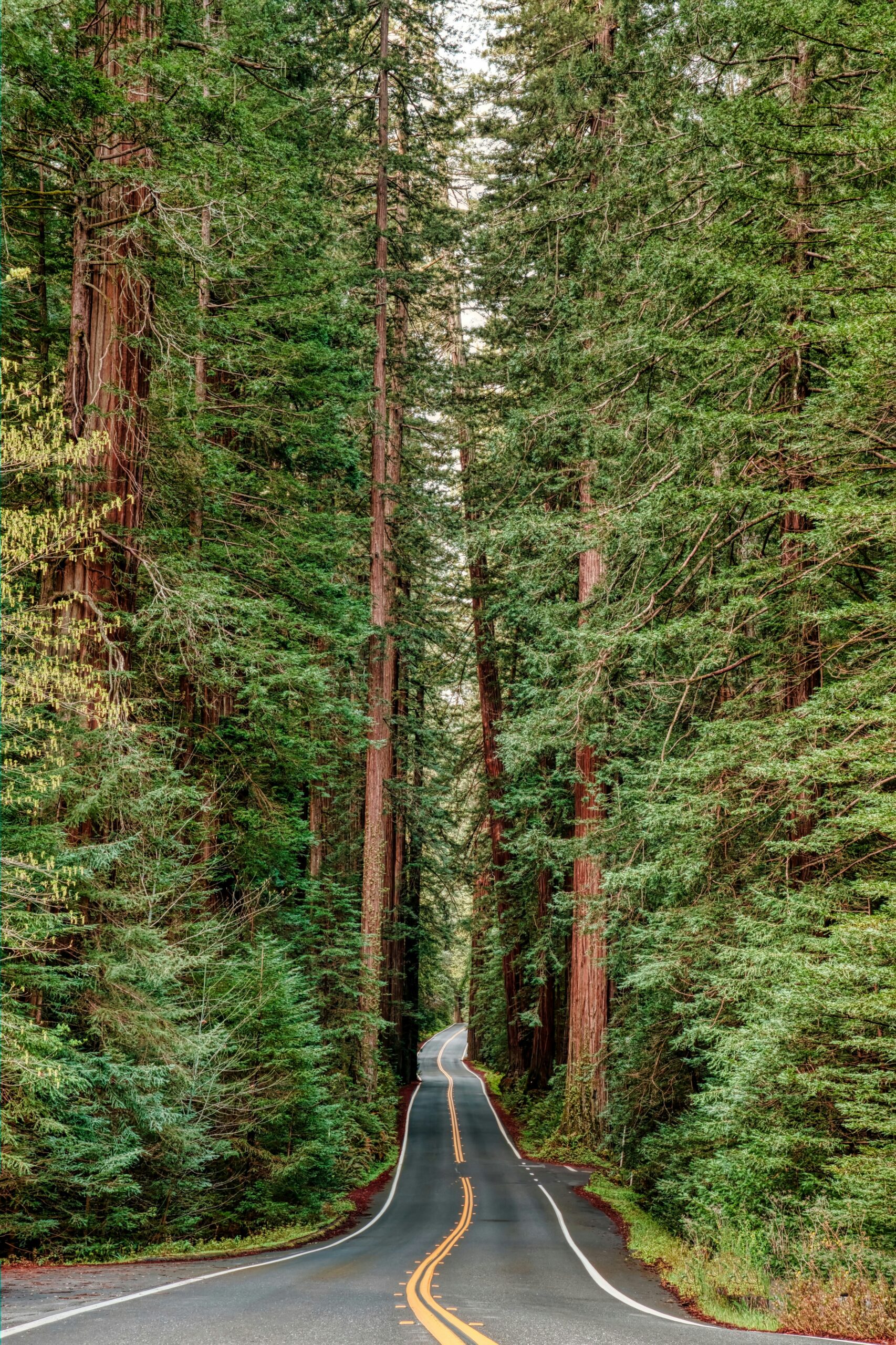
Mountain Retreats for Refreshing Escapes
Mountain destinations in Southern California offer cool temperatures, clean air, and direct access to nature, making them reliable options during heat advisories. Visitors can enjoy active pursuits or relaxing atmospheres, all within a few hours’ drive from urban centers.
Alpine Hiking Adventures
The San Bernardino and San Gabriel Mountains feature a range of hiking trails suitable for all skill levels. Routes like those at Big Bear and Mount Baldy provide shaded pathways, pine forests, and scenic overlooks. Wildlife sightings and wildflowers are common in spring and early summer.
A favorite among experienced hikers, trails in Little Lakes Valley and around Big Pine highlight turquoise-hued lakes and glacial landscapes. Mount Waterman offers cooler temperatures at higher altitudes along with family-friendly trail options. Many of these areas are part of national forests, providing well-maintained paths and visitor centers with updated maps and local advisories.
For those looking to explore lesser-known routes, the series of lakes near Onion Valley or the meandering tracks of the San Gabriel Wilderness Area offer isolation and untouched beauty. These hiking destinations consistently feature daytime highs that are several degrees cooler than the surrounding valleys, allowing for active escapes without intense heat.
Charming Villages and Scenic Drives
Tucked within the mountains, small towns like Idyllwild and Wrightwood provide a peaceful ambiance paired with locally owned cafes, artisan shops, and weekend markets. These villages serve as gateways to nearby hiking and biking trails or as stops for a leisurely afternoon stroll.
Scenic drives such as the Angeles Crest Highway and Rim of the World Scenic Byway showcase panoramic views, dense forests, and quick access to trailheads. These routes pass through regions known for milder climates and offer frequent viewpoints for photography or picnics.
Visitors often find unique lodging options, from rustic cabins to boutique inns. Local festivals run through the summer months, adding to each village’s distinct charm. Clean air and the sights and sounds of nature create an inviting atmosphere for those seeking both activity and relaxation.
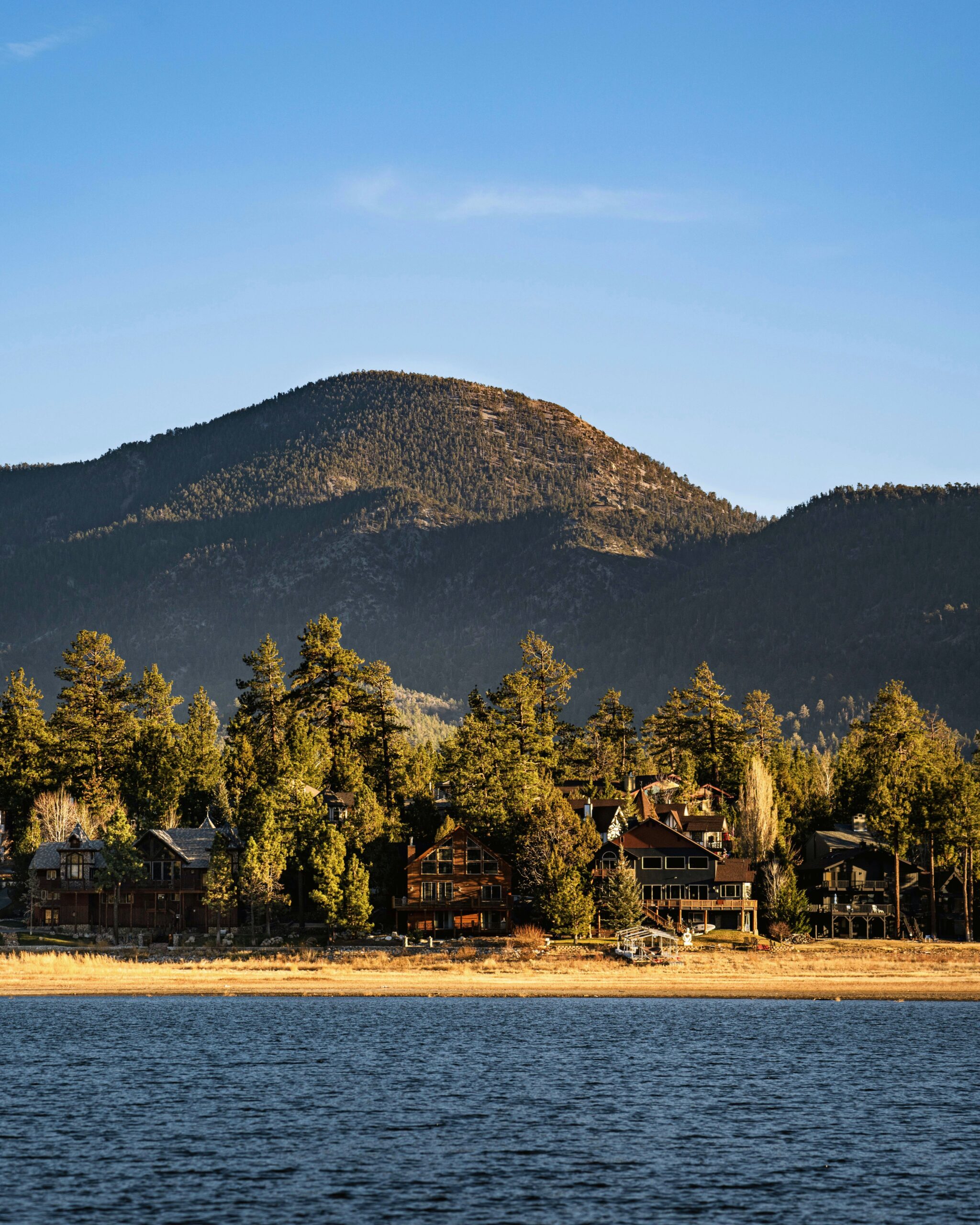
Best Outdoor Activities to Stay Cool
Staying active during heat advisories is possible with the right choice of activities and locations. Access to water and natural shade helps reduce exposure to high temperatures.
Waterfront Recreation and Sports
Southern California’s coastline offers a range of activities ideal for hot days. Visitors can enjoy body surfing, swimming, stand-up paddleboarding, or kayaking. These options allow people to stay refreshed while being active.
Sandy beaches such as Santa Monica, Malibu, and Huntington Beach typically have lifeguard supervision and rental facilities for watersports. Public piers often provide spots for fishing or launching small watercraft. Many find that early mornings and late afternoons offer cooler temperatures and fewer crowds.
For those looking for something less common, sailing or booking boat charters provides a more private, cool experience on the water. These experiences combine relaxation and exercise without excess heat exposure.
Shaded Trails and Evening Walks
Shaded hiking trails keep direct sunlight at bay and help maintain cooler body temperatures. Southern California is home to many tree-lined trails in parks such as Griffith Park or regional reserves near Anaheim—parks that also offer abundant shade for visitors.
Mount Waterman Loop and Throop Peak are known for cooler mountain air and forested paths, making them excellent choices for afternoon hikes during heat advisories. Coastal and foothill trails sometimes get a marine breeze, which can further reduce the temperature.
Evening walks are recommended on popular trails or greenways, where lighting and community presence add safety. Many people use a cooling strategy by hydrating frequently and choosing loops with natural shade, allowing for a comfortable outdoor routine during hot periods.
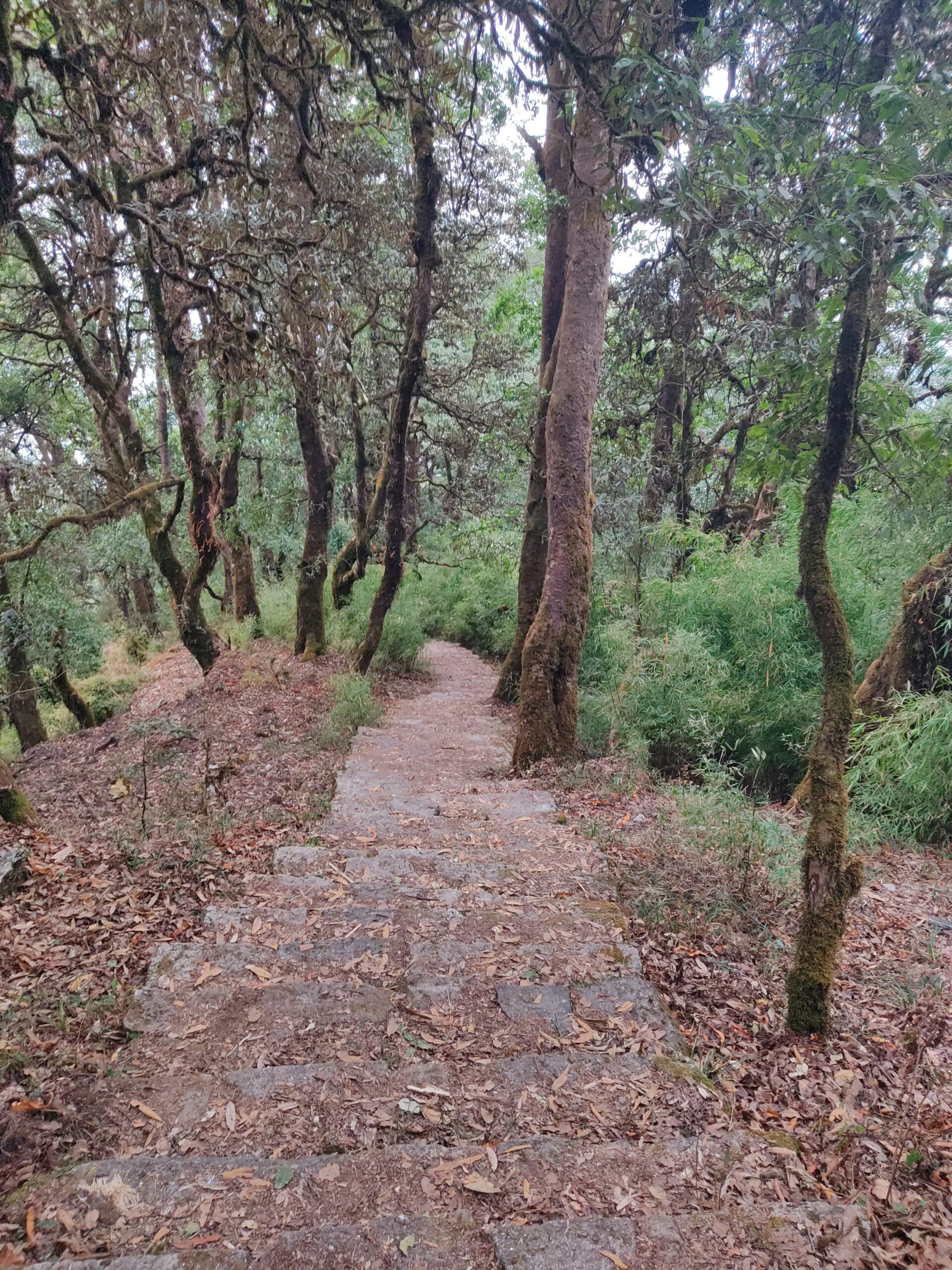
Tips for Safe and Comfortable Summer Travel
Extreme temperatures and heat advisories can make travel challenging, but being prepared helps ensure comfort and safety. Bringing the right items and keeping updated on conditions makes a significant difference during trips in Southern California's hot summer months.
Packing for High Temperatures
Packing for extreme heat requires careful selection to avoid discomfort and health issues. Light-colored, loose-fitting clothing made from breathable fabrics, such as cotton or linen, helps the body stay cool. Wide-brimmed hats and UV-blocking sunglasses offer additional sun protection.
It's important to bring a reusable water bottle for easy hydration, as water intake should increase in high temperatures. High-SPF sunscreen, lip balm with SPF, and after-sun lotion help protect and soothe skin during and after exposure.
A portable handheld fan or cooling towel can make outdoor time more bearable. Small, non-perishable snacks like granola bars or nuts keep energy up without the need for refrigeration. Packing extra masks and sanitizers also supports hygiene, especially when visiting busy places or public facilities.
A simple packing list for heat:
- Light, breathable clothing
- Wide-brimmed hat and sunglasses
- High-SPF sunscreen and lip balm
- Water bottle and snacks
- Cooling towel or portable fan
- Sanitizer and masks
Staying Informed About Heat Warnings
Travelers should monitor local forecasts and official alerts before and during trips, especially when excessive heat warnings are issued. Online resources, weather apps, and reliable sites such as Ready.gov provide real-time updates on temperature spikes and advisories. This helps avoid scheduling outdoor activities during peak sun hours.
Planning activities during cooler parts of the day, such as early morning or evening, minimizes exposure. Many destinations have designated cooling centers or shaded areas, and knowing their locations can offer relief if temperatures rise unexpectedly. When an excessive heat warning is in effect, it's essential to limit intense physical activity and seek air-conditioned spaces whenever possible.
Families and groups should discuss an emergency plan and meeting locations, particularly in unfamiliar places. For more on heat safety tips, visit relevant resources on extreme heat safety and what to do during a heat advisory.
Conclusion
Residents and visitors in Southern California have a variety of options to beat the heat during an advisory. Cooler beach areas, such as L.A. County and Orange County beaches, typically offer temperatures as low as 69 degrees, making them some of the most comfortable spots to escape high inland temperatures.
Cooling Centers remain open across Los Angeles for those who need relief, with updated locations and hours provided by City of LA Cooling Centers. This option is especially useful for individuals without access to air conditioning at home.
Avoiding peak afternoon hours, staying hydrated, and wearing lightweight clothing can make outings much safer. Indoor destinations like shopping malls, museums, or libraries provide additional air-conditioned environments.
- Here’s a simple checklist for escaping the heat:
- Visit coastal areas
- Use public cooling centers
- Limit outdoor activity mid-day
- Hydrate frequently
- Seek shaded or indoor spaces
Planning ahead and being prepared helps minimize risks from heat advisories and ensures a safer, more comfortable experience.

